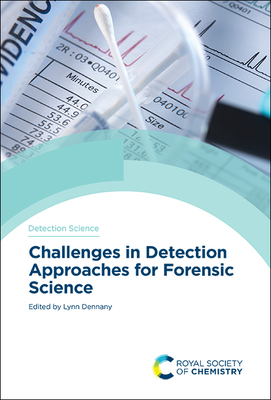Description
This book will explore the specific challenges encountered by forensic scientists and the developments that are being made to address the requirement of law enforcement agencies within the framework of the legislative requirements. Currently there are many forensic science books, which focus on the underlying theory of chemical approaches, but there is a clear gap in the dissemination of the current state of the art approaches for forensic science. This gap includes current detection strategies and how legislation and changes to forensic practices has prompted these changes as well as how research in the field is seeking to address the current hurdles in a cohesive manner. For graduates and forensic professionals, it will also cover essential principles for students and illustrate how these relate to applications.
About the Author
Dr Lynn Dennany is based the University of Strathclyde and her research interests focus on the application of analytical detection techniques for chemical and sensor development within the fields of illicit substances and explosives. Within this, her group researches three core areas: novel ECL materials, including nanoparticles, monomeric and polymeric materials; development of robust surface attachment strategies for enhanced ECL sensitivities and multiplexed detection; and the creation of novel advance methodologies for ultrasensitive chemical detection that will improve on site and portable forensic detection strategies. In particular, the detection of trace levels of illicit substances and the development of electrochemical strategies for biological evidence identification and quantification are continuing themes within her group. She is also keenly interested in the development of novel materials for these forensic applications as well as finding new avenues to apply these new materials. This has currently expanded to include the electrochemical detection of illicit substances such as drugs of abuse, both from street and biological samples, explosives, gunshot residue detection and forensically relevant genetic sequences.

